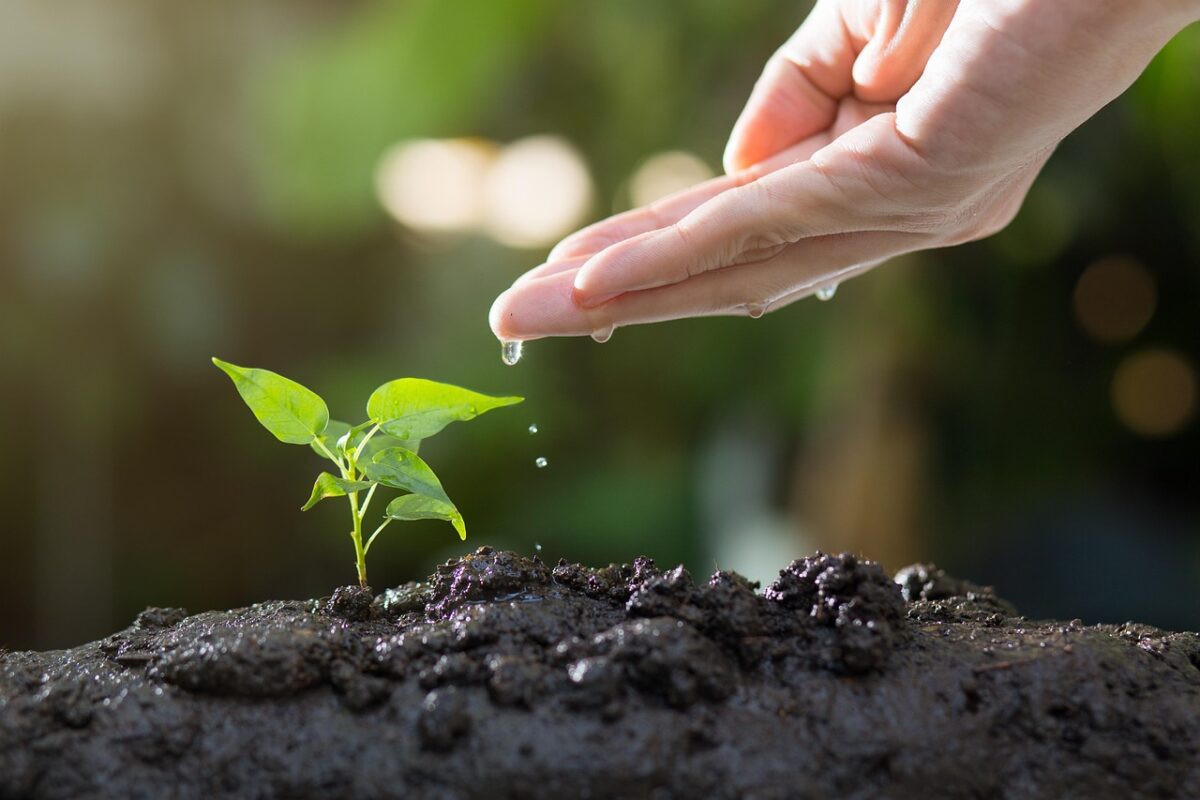Gardening can seem daunting for those just starting out, but it offers a rewarding experience that connects you with nature, enhances your environment, and provides fresh produce or beautiful blooms. Whether you have a spacious backyard or a small balcony, beginning your gardening journey is entirely achievable. This guide will walk you through the essential steps, tools, and tips necessary to cultivate your first garden successfully.
Gardening is not just a hobby; it’s a multifaceted activity that offers numerous benefits. Here are some compelling reasons to take the plunge:
- Physical Activity: Gardening involves various physical tasks that can improve your fitness levels.
- Mental Health: Spending time outdoors and nurturing plants can reduce stress and enhance mood.
- Fresh Produce: Growing your own fruits and vegetables can lead to healthier eating habits.
- Creativity: Gardening allows you to express your creativity through design and plant selection.
- Environmental Impact: Gardening contributes to biodiversity and helps support local ecosystems.
Essential Gardening Tools for Newbies
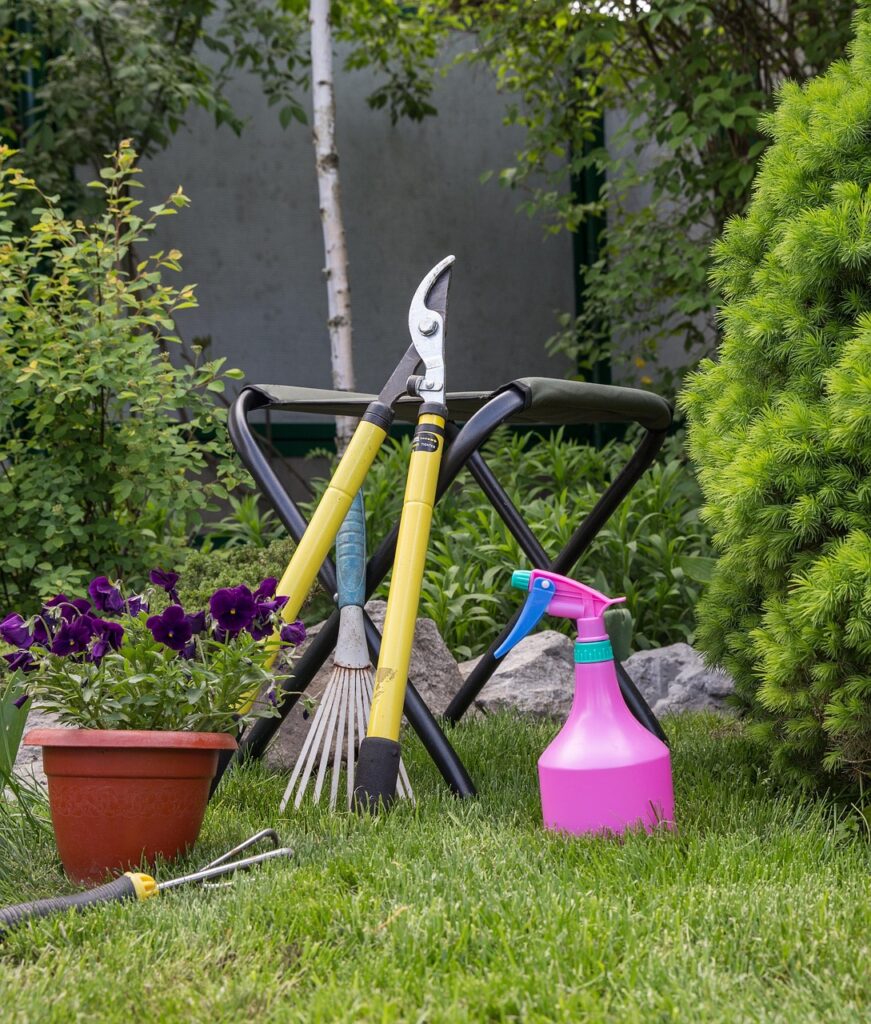
Having the right tools can make your gardening experience more enjoyable and efficient. Here’s a list of essential gardening tools every beginner should consider:
- Hand Trowel: Perfect for digging small holes, transplanting seedlings, and weeding.
- Pruning Shears: Ideal for trimming plants and cutting back overgrowth.
- Garden Fork: Useful for loosening soil, aerating, and mixing compost.
- Watering Can: Helps deliver water gently to plants, especially seedlings.
- Gloves: Protect your hands from dirt, thorns, and potential irritants.
- Rake: Great for clearing debris and leveling soil.
- Spade: Essential for digging larger holes and moving soil or compost.
- Garden Hose: An effective way to water larger areas or established gardens.
Choosing the Right Location and Garden Type
Before planting, it’s crucial to choose the right location for your garden. Consider the following factors:
- Sunlight: Most plants require 6-8 hours of sunlight daily. Observe your space throughout the day to find the sunniest spots.
- Accessibility: Ensure your garden is easily accessible for watering, maintenance, and harvesting.
- Drainage: Avoid areas where water tends to pool, as this can lead to root rot.
As for garden types, you can choose from:
- Container Gardening: Ideal for small spaces, using pots or containers to grow plants.
- Raised Bed Gardening: Provides better soil control and drainage, perfect for small yards.
- In-Ground Gardening: Traditional method, suitable for larger spaces.
Soil Preparation: Building a Healthy Foundation
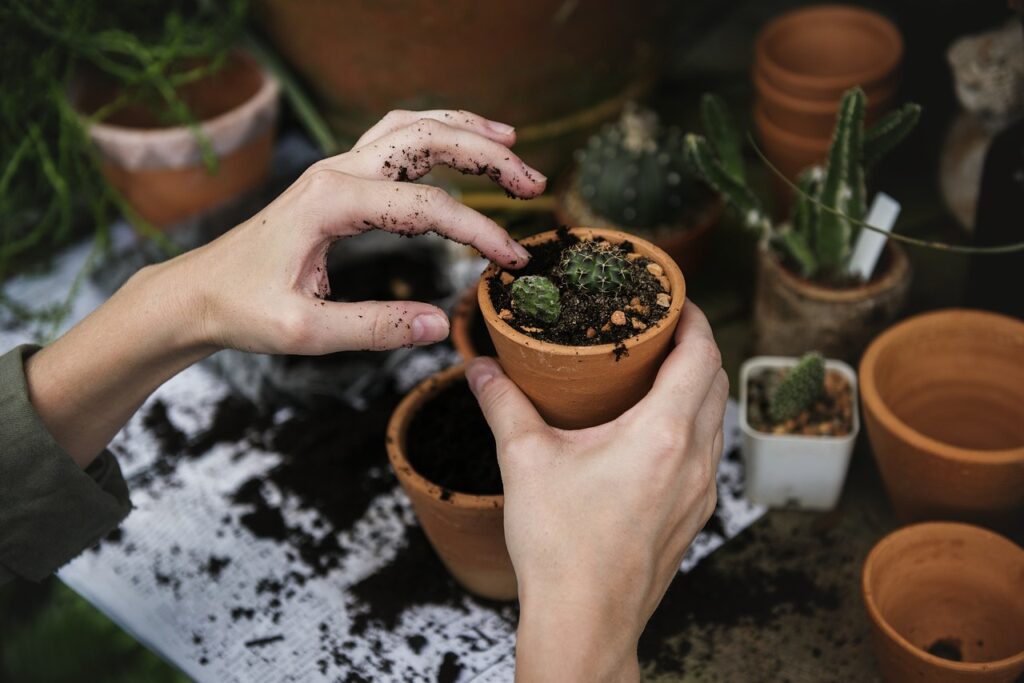
Soil is the foundation of your garden, and preparing it properly is crucial for plant health. Follow these steps for effective soil preparation:
- Clear the Area: Remove weeds, rocks, and debris from the chosen garden site.
- Test the Soil: Consider using a soil test kit to check pH and nutrient levels.
- Add Organic Matter: Incorporate compost or well-rotted manure to enrich the soil.
- Till the Soil: Use a garden fork or tiller to mix the organic matter into the soil.
- Level the Soil: Rake the area to create a smooth, even surface for planting.
Selecting Easy-to-Grow Plants for Beginners
Choosing the right plants can make your gardening experience more enjoyable. Here are some easy-to-grow options:
- Radishes: Quick-growing and can be harvested in as little as 30 days.
- Lettuce: Grows rapidly and can be harvested multiple times.
- Marigolds: Bright flowers that deter pests while adding beauty.
- Basil: A versatile herb that thrives in warm weather.
- Sunflowers: Easy to grow and provide stunning blooms.
Understanding Sunlight, Water, and Fertilizer Needs
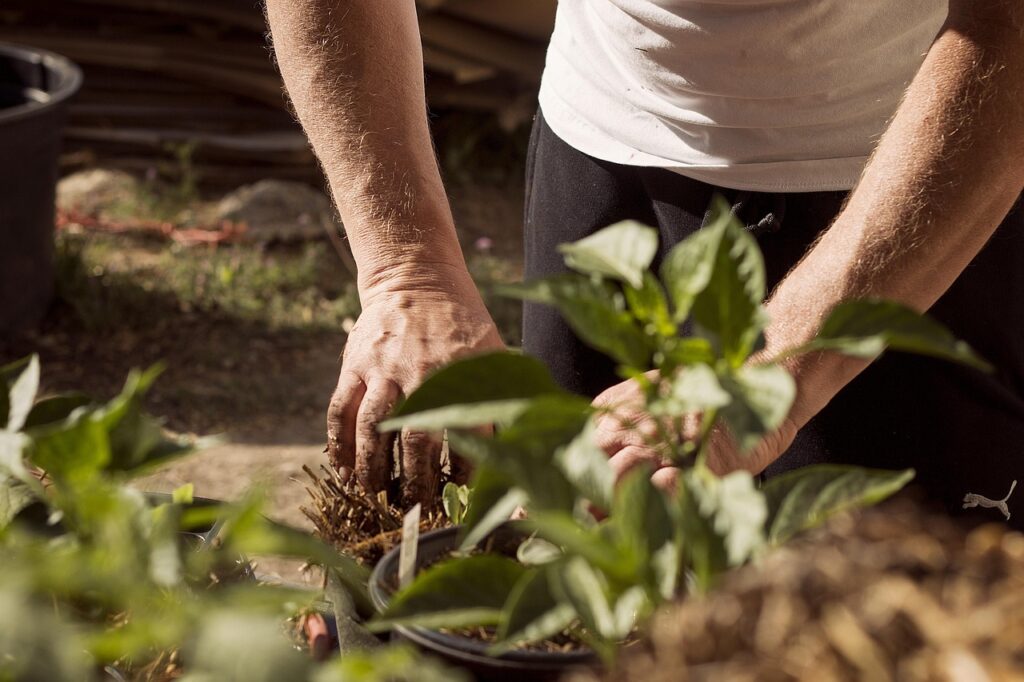
Each plant has specific requirements for sunlight, water, and nutrients. Here’s a basic overview:
- Sunlight: Most vegetables and flowers prefer full sun, while some herbs can tolerate partial shade.
- Water: Water deeply, allowing the soil to dry slightly between waterings. Early morning is the best time to water.
- Fertilizer: Use a balanced fertilizer according to the needs of your plants, typically every 4-6 weeks during the growing season.
Step-by-Step Guide: Planting Your First Garden
Getting your hands in the soil is the most exciting part of gardening. Follow these steps to plant your first garden:
- Select Your Plants: Choose a mix of vegetables, herbs, or flowers suitable for your space and climate.
- Prepare the Soil: Follow the soil preparation steps outlined earlier.
- Plan Your Layout: Arrange plants based on their sunlight and spacing needs.
- Dig Holes: Use your hand trowel to create holes according to the plant’s root ball size.
- Place the Plants: Remove plants from their containers, gently loosen roots, and place them in the holes.
- Cover and Water: Fill the holes with soil, pat down gently, and water thoroughly.
Seasonal Gardening Checklist for New Gardeners
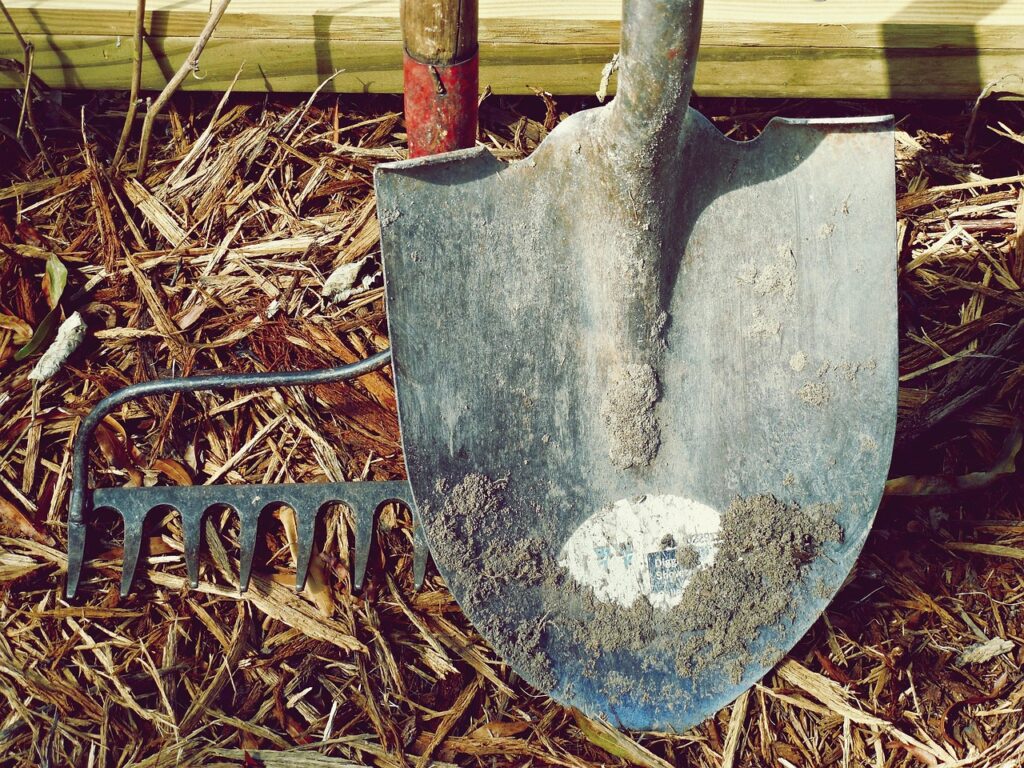
Staying organized throughout the year can help you maintain your garden effectively. Here’s a seasonal checklist:
Spring
- Prepare soil and plant cool-season crops like peas and lettuce.
- Start seeds indoors for warm-season crops.
- Mulch to retain moisture and suppress weeds.
Summer
- Water consistently to prevent stress on plants.
- Harvest crops regularly to encourage further growth.
- Monitor for pests and diseases.
Fall
- Plant fall crops like kale and carrots.
- Clear debris to prevent overwintering pests.
- Add compost to prepare for the next growing season.
Winter
- Plan next year’s garden layout and plant selection.
- Maintain tools and equipment for spring.
- Consider indoor gardening options for herbs and greens.
Common Gardening Problems and Simple Solutions
Every gardener faces challenges. Here are some common issues and how to address them:
- Pests: Use organic pest control methods like neem oil or insecticidal soap.
- Diseases: Ensure good air circulation and avoid overhead watering to prevent fungal infections.
- Watering Issues: Check soil moisture regularly; overwatering can lead to root rot, while underwatering can stress plants.
Safety Tips for Beginner Gardeners
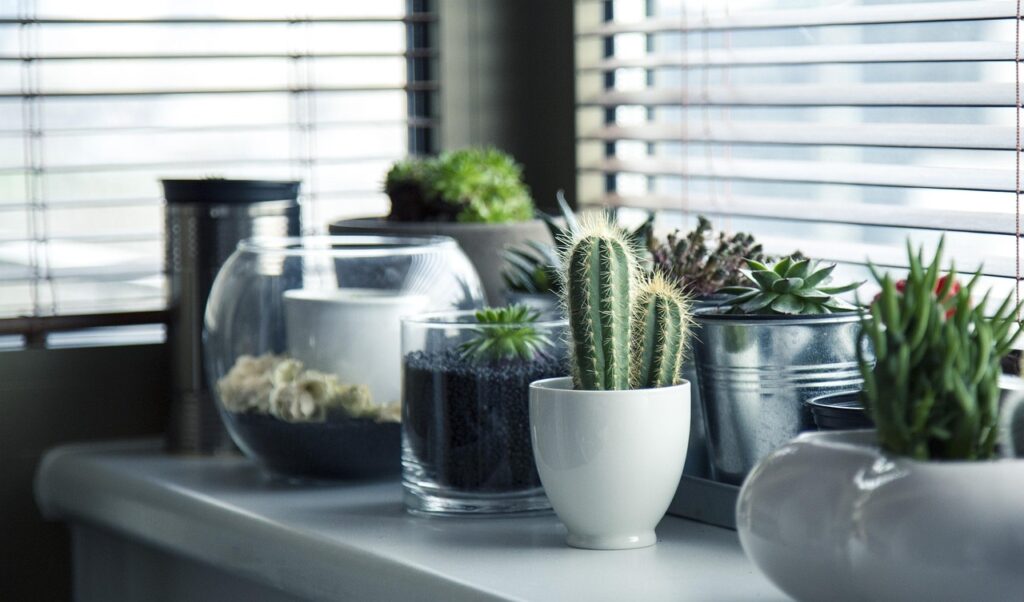
Gardening can be a safe and enjoyable activity with proper precautions. Here are some tips:
- Wear gloves to protect your hands from cuts and irritants.
- Use sunscreen to protect your skin from UV rays.
- Stay hydrated, especially during hot weather.
- Be mindful of your posture to avoid strains; consider using kneeling pads or raised beds.
Resources and Next Steps for New Gardeners
Learning about gardening doesn’t stop here. Consider these resources for further exploration:
- Local gardening clubs or community gardens for hands-on experience.
- Online gardening courses and webinars for structured learning.
- Books and blogs dedicated to beginner gardening tips.
Starting a garden is a fulfilling endeavor that can bring joy, relaxation, and fresh produce to your life. With the right tools, knowledge, and a bit of patience, you’ll soon find yourself immersed in the vibrant world of gardening.
